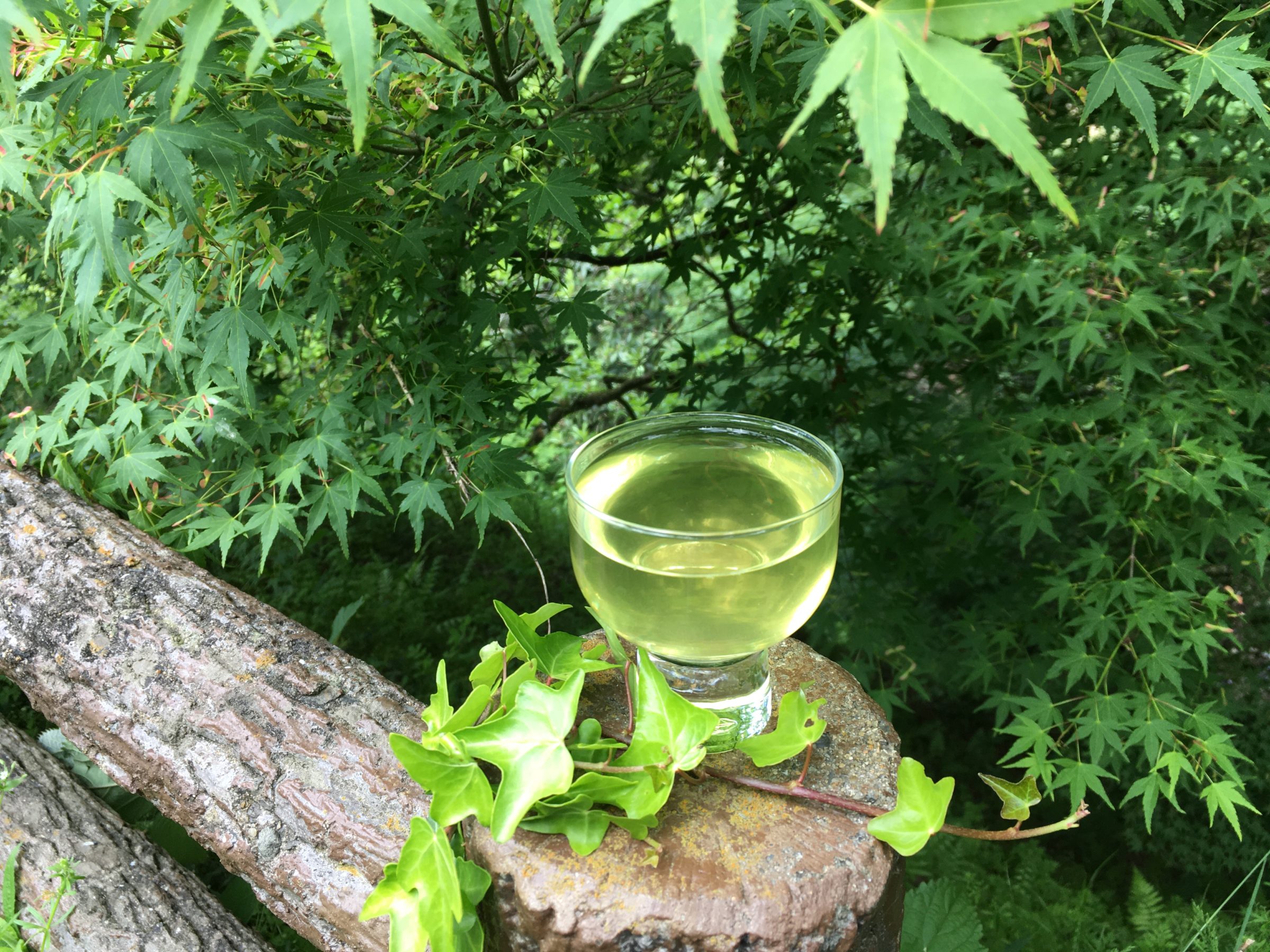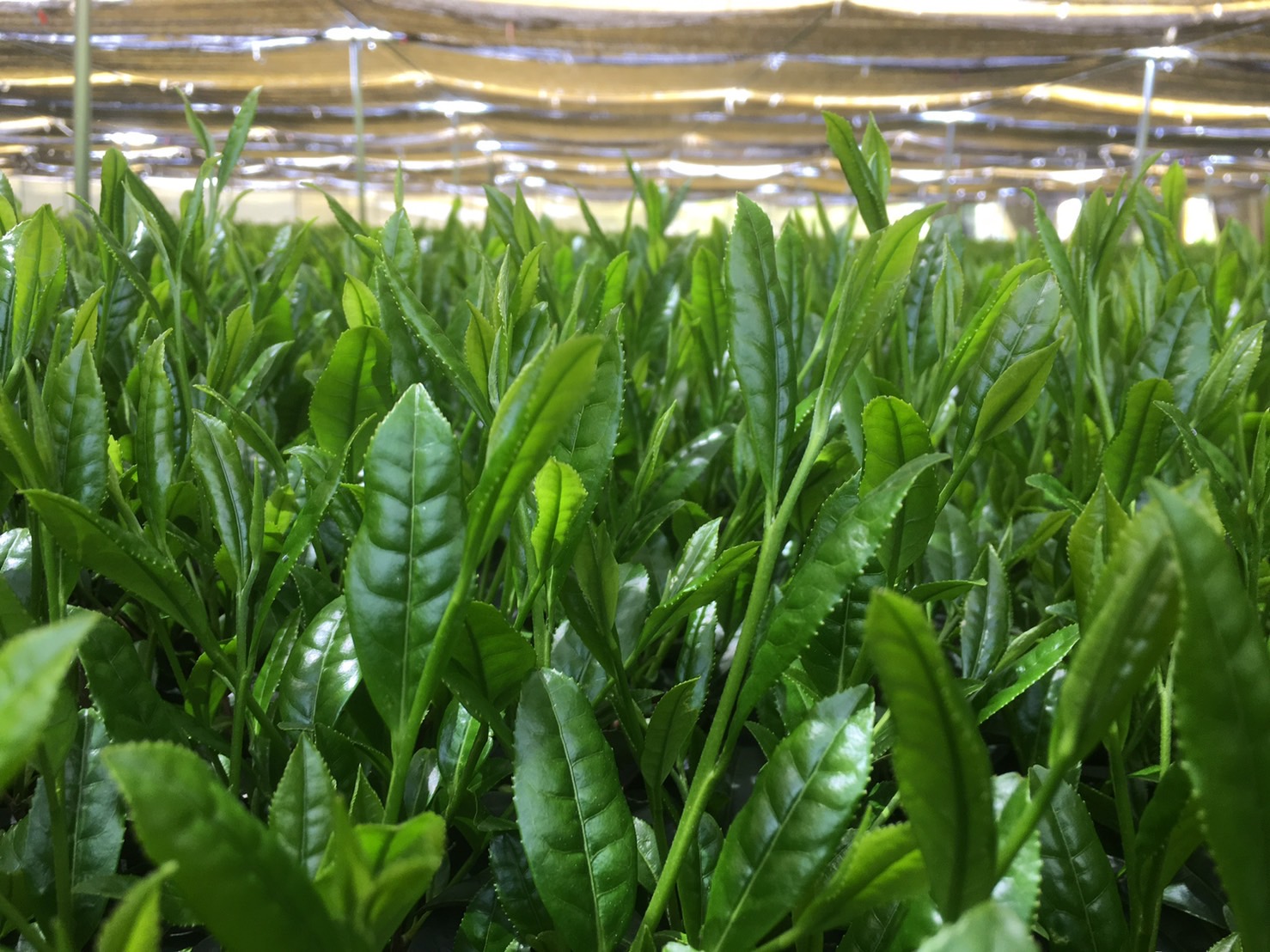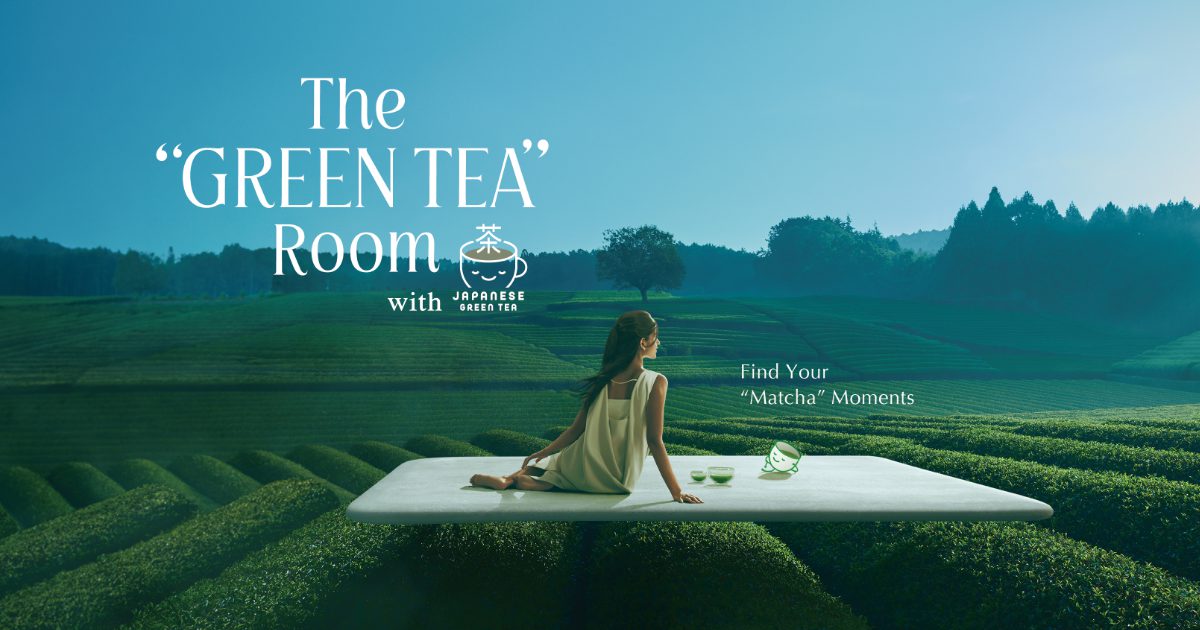Teas of excellence. From Ehime to the world.
Based in Ehime Prefecture in Japan's Shikoku region, SONO ORGANIC is an e-marketplace selling organically grown Japanese green teas and teas from small local farms.
We spoke to Tomoe Watanabe, SONO founder, about SONO ORGANIC's vision for the future of Japanese green tea and Ishizuchi Kurocha, an elusive fermented tea only grown at the foot of Mount Ishizuchi in Ehime Prefecture.
Tomoe: I used to work at a non-Japanese corporation in Tokyo, but thinking about living with my elderly parents, I decided to quit and come back to Ehime Prefecture, where my parents live.
I knew that if I was going to develop a business in my hometown, I wanted to do something related to agriculture, and Ehime Prefecture is famous for its mandarin oranges.

Tomoe: I was thinking of a business that would allow me to make the most of my career working for a non-Japanese corporation, so developing my business in overseas markets rather than Japan was a natural choice. I chose Japanese green tea because it seemed to be a product with potential appeal in overseas markets, and it already has a good export record. The preservation process works, also it’s a kind of processed food and so on.
Having studied and worked abroad, I knew about the high demand for organic foods in local markets, so I decided to make organic green tea a central part of my product range.
It seemed natural to me to try and develop a business that would combine the familiarity of farming in the area where I was born and raised with my own experience overseas.
Tomoe: When I think about sustainable agriculture, I believe Japan should be actively involved in farming methods that not only produce products that are good for human health but also consider the environment and the planet. Of course, organic farming takes time and effort.
The path of organic farming in Japan is still short and difficult, but I believe that organic food will become a mainstream export product in the future. Ideally, I’d like to see more widespread acceptance and availability of high-quality, low-cost products in Japan. That’s why at SONO ORGANIC, we’re supporting small-scale organic farmers and local producers, even in our own small way.

Tomoe:There are three types of so-called post-fermented teas produced in Shikoku - Awa Bancha from Tokushima, Goishicha from Kochi, and Ishizuchi Kurocha from Ehime. Ishizuchi Kurocha is grown in the foothills of Mount Ishizuchi. The main difference in post-fermentation teas is that the tea leaves are harvested, steamed, and then fermented by micro-organisms, giving them their distinctive sour flavor.
There are several reasons post-fermented teas such as Ishizuchi Kurocha are concentrated in Shikoku. One is the historical demand from fishers living along the Seto Inland Sea, the largest inland sea in Japan facing Shikoku. Well water close by the sea is rich in salt and minerals, making it unsuitable for brewing ordinary Japanese green tea, but the sour, post-fermented tea was a good match for the well water and was drunk by the fishermen. Ishizuchi Kurocha was also a valuable barter commodity, and the Ishizuchi Kurocha farmers used to exchange it for salt.
The volume of Ishizuchi Kurocha in production decreased significantly at one point, though, due to things like the aging and decreasing number of producers, development of the water supply, and changes in the environment at the side of the mountains.

Tomoe: Ishizuchi Kurocha has a historical and cultural background, and at present, three groups are producing it in an attempt to revive it. As well as this, mouse experiments conducted by Ehime University found that Ishizuchi Kurocha reduces blood sugar levels, has an anti-allergic effect, and may help prevent obesity, which makes it attractive. The local women's association and disabled people's facilities are working very hard to produce this tea, and SONO ORGANIC wants to support them in any way we can. Ishizuchi Kurocha we sell is not currently certified as organic, but we're hoping to get this in the future to gain broader appeal as a healthy tea to an international audience.

Tomoe: This is just my opinion based on limited experience. In Japan, the taste of Japanese green tea is often described as a balance of four tastes: umami, sweetness (amami), bitterness (nigami), and astringency (shibumi). The umami and sweetness can be compared to soup, and the nigami to the bitterness of coffee, but shibumi is a taste that many overseas customers say they have never experienced before in their lives, and I often hear them say they’re not very keen on it. In the future, it will be essential for us to produce varieties with a taste that meets the demands of overseas customers.
Putting it another way, it’s a challenge for me living in the Ehime countryside to understand the needs of overseas customers.

Tomoe: If you trace the long history of Japanese green tea in Japan, you’ll find there’s been a close relationship between overseas trade and the quality of Japanese green tea since Perry’s arrival in 1853. I don’t think the Japanese green tea industry would have flourished in the same way without overseas consumption, so I believe that pursuing and producing tastes that overseas customers enjoy too is a worthwhile task.
Tomoe: One of the things we're trying to do is get permission to quote the "Handbook of Tea Varieties" published by the National Agriculture and Food Research Organization (NARO) to help overseas customers become familiar with the taste of Japanese green tea. We're trying to make it as easy as possible for them to get an idea of the varieties of teas, as, of course we can't provide actual tasting on our website.
Finally, what does drinking Japanese green tea mean to you?
Tomoe: I try to be aware of the effects of each Japanese green tea and tend to drink it for its functionality. For example, before today's interview, I drank Gyokuro, which has high caffeine content. In allergy and hay fever season, I drink several cups of Benifuki every day for its methylated catechins. When I'm feeling fatigued in summer, I drink powdered whole leaf green tea. If you're starting out drinking Japanese green tea, I hope you'll find an approach to choosing which to drink that suits you and enjoy it as an everyday drink.




